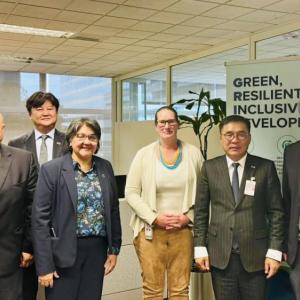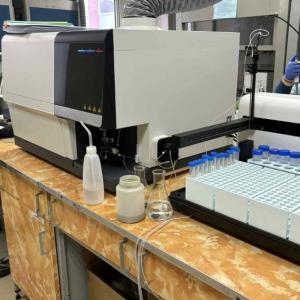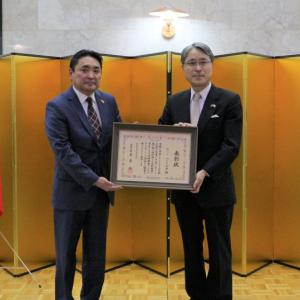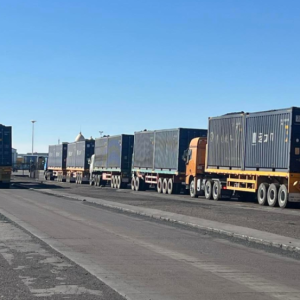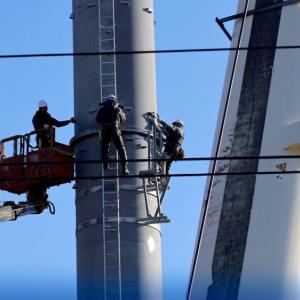Foreign funding and import decline keep currency stable
Economy
Ulaanbaatar /MONTSAME/. The Bank of Mongolia has recently delivered an update on the central bank’s midterm reform program and some other latest financial and monetary activities.
Besides its traditional measures to maintain the stability of the country’s financial market and banking system and provide support for building a balanced development of the national economy, the central bank has been carrying out the Midterm program of the Bank of Mongolia for 2017-2019. As a result of the program, some tangible changes are noticed in the economy, such as the accumulated deficit balance of the central bank reduced by twofold and the economic growth reached up to 7-8 percent, which was around -1 percent in late 2016.
Moreover, the average interest rate has become 17 percent, decreased from 20 percent of 2016. Within the framework of the Extended Fund Facility of the International Monetary Fund, being implemented in Mongolia, around USD 700 million and USD 100 million from the World Bank are expected to be funded this year. In addition, financing of USD 280 million from Japan’s JICA and USD 300 million from the Asian Development Bank are in talks to be made. These capital flows into the country and recent decline in the volume of imports are viewed to reaffirm the previous forecast of stable currency.
The central bank is adhering to an approach to increase its gold reserve and purchased 22 tons of precious metals in 2018. However, as the royalty rate for mineral resources was raised to 5 percent starting this year, the gold submission to the Bank of Mongolia fell by more than 20 percent compared to last year’s. Since the gold reserves held by the Bank of Mongolia serve as a main source to foreign currency reserve, the 22 tons of gold purchased by the central bank last year helped increase the foreign currency reserve by USD 800 million. This year, the Bank of Mongolia has bought around 9.6 tons of precious metals, which is already 2.5 tons lower than last year’s volume.
 Ulaanbaatar
Ulaanbaatar




























